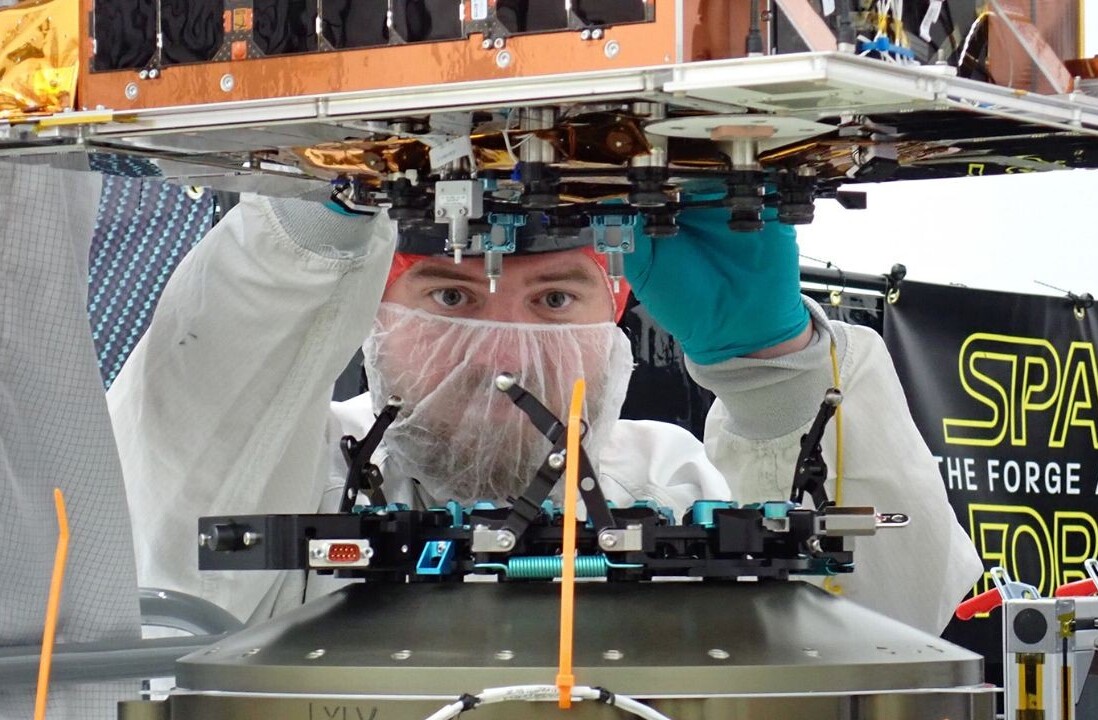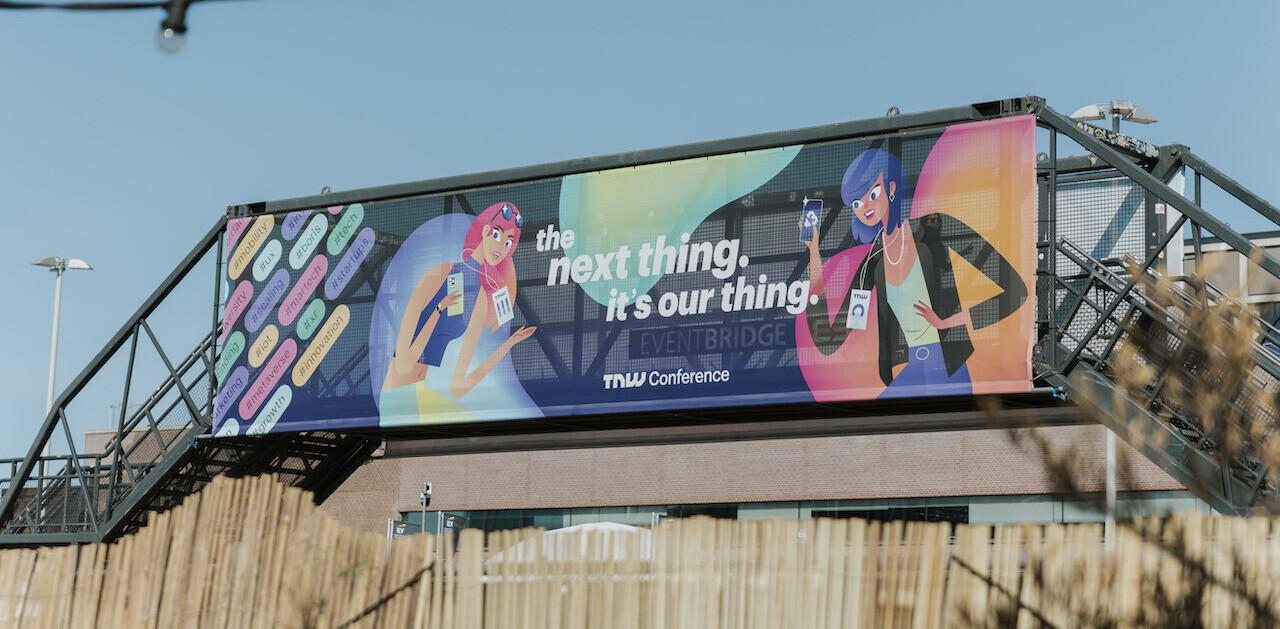
The fact that your smartphone has GPS and that most users are more than willing to give away their location for free is an advertiser’s wet dream. As we approach the dawn of hyperlocal advertising, it’s clear the big tech companies and advertisers are “Livin’ La Vida Local,” if you will.
Facebook launches Places, Google tries to buy Groupon, which is rumored to be thinking of a $25 billion IPO, Foursquare takes over local businesses, AOL acquires HuffPo, etc. According to the Kelsey Group, local online advertising is expected to reach more than $35 billion by 2014. Recent moves by AOL, CNN and Google, not to mention the rise of Groupon and Foursquare showcase that local is the next major battleground on the web. To get a grip on this trend, we interviewed Chris Tolles, the CEO of Topix, the largest local forum site in the US.
CBM: What is Topix?
Chris Tolles: Topix is the #1 local forum site in the US. We aggregate news from 50,000 sources and then use powerful Artificial Intelligent algorithms to categorize and localize the news, and then combine that with a web scale forum system for every city and town in the US, where we get daily activity in over 5,000 cities and towns.
CBM: How did you become involved/company background?
CT: I was a co-founder of Topix and was here when we launched in 2004. I worked with the other co-founders at a previous startup, NewHoo, which was acquired by Netscpae and is still running within AOL as the Open Directory Project at dmoz.org.
CBM: What is hyperlocal advertising?
 CT: I would characterize “hyperlocal” advertising as that which was targeting people at the neighborhood or ZIP code level.
CT: I would characterize “hyperlocal” advertising as that which was targeting people at the neighborhood or ZIP code level.
CBM: What are the challenges of hyperlocal advertising?
CT: I think there are several large challenges facing hyperlocal advertising. It all comes down to connecting advertisers to potential customers, and the issues are different depending who you are in the ecosystem. For advertisers, both large and small, being able to easily purchase advertising and also measure the ROI is especially challenging when it comes to small audiences (or collections of small audiences) which is what hyperlocal has to deliver.
For consumers, getting advertising in a way that provides a demand-based connection to something they’re searching for, or “a serendipitous discovery” of a good deal in something they didn’t know they wanted are the positives, while misdirected or overly broad offers are definitely a downside.
How many times have you seen someone complain that a daily deal site has sent them something for a different town or for a different demographic? For publishers, there is always the problem of trying to provide scale to something with a lot of moving parts. In the case of hyperlocal, getting to a viable marketplace where there are buyers for particular hyperlocal inventory by location, and quality ads for the people coming to your site. It’s really hard to boot up that market from where we are today.
CBM: What are the benefits?
CT: People love getting advertising that is applicable to them, and 90% of every dollar is spent offline within 10 miles of the home – great hyperlocal advertising works to connect consumers to applicable business where they live. For advertisers, targeted ads are a good investment and online, it can be shown that geotargeting provides the best ROI of any of the different targeting approaches. For publishers of contextually local content, locally focused advertising pays out higher than generic advertising, so there’s definitely a “win win” scenario here for the parties in the ad transaction.
CBM: How is the effectiveness of hyper local advertising measured?
 CT: It’s tricky to talk about how advertising effectiveness is measured. Small businesses want to see evidence of their advertising in having customer walkins and sales reference the ad in question. Advertising agencies will often create a proxy – whether it be a click or a coupon to try and judge the effectiveness of hyperlocal advertising. At the end of the day, advertising should result in incremental sales for the advertiser, and hyperlocal advertising needs to work in a per location basis. One of the challenges here is the lack of a standard approach for online advertising effectiveness in general.
CT: It’s tricky to talk about how advertising effectiveness is measured. Small businesses want to see evidence of their advertising in having customer walkins and sales reference the ad in question. Advertising agencies will often create a proxy – whether it be a click or a coupon to try and judge the effectiveness of hyperlocal advertising. At the end of the day, advertising should result in incremental sales for the advertiser, and hyperlocal advertising needs to work in a per location basis. One of the challenges here is the lack of a standard approach for online advertising effectiveness in general.
CBM: What are the technologies involved with hyper local advertising?
CT: There are a few different ways to connect people to hyperlocal advertising online – you can target them by IP address, connect with them contextually or have them self-identify their location. Geolocation works some percentage of the time, and has the advantage of working for syndicated ads and ad networks (that is, you can tell your ad network, “only serve this to IP addresses in Arizona”. The downside of this is that there are both false positives and negatives, as well as not being able to get down to the neighborhood level.
Context provides a 120% lift in effectiveness – putting the local car dealer ad in the newspaper web site, vs. in your email, for example, — and has been shown to be the best approach for getting a good return. Technology wise, that means localizing your content, and then making sure you can localize your ad to a particular audience. Lastly, self identification can be as simple as an “enter your ZIP code” into a widget, or as new as a checkin to a particular store. Each of these approaches requires integration and data.
CBM: What is Google’s role in hyper local ads?
CT: Google is the largest marketplace for advertising, and they have both amazing inventory for publishers, as well as one of the world’s largest sites for advertisers to directly connect their local customers. They have the closest thing to a true marketplace for advertising.
CBM: What is Yelp’s role in hyper local ads?
CT: Yelp has built a great property around user generated content that is focused, by its very nature on hyperlocal businesses. The role they play in the industry is a proof point that investment in hyperlocal can payoff.
CBM: What do you predict the future of hyper local advertising will look like?
CT: Local is one of the fundamental piles of money on the Internet – like search and ecommerce revenue. I predict larger than expected growth in the long run, and a large amount of attention paid to industry leaders. With $100B of $150B of the US ad market aimed locally, I predict that no one company will end up dominating this space, but rather that there will be a large segment of the advertising ecosystem dedicated to local.
***
What hyperlocal ads have you seen that work? Or don’t work…?
Get the TNW newsletter
Get the most important tech news in your inbox each week.





